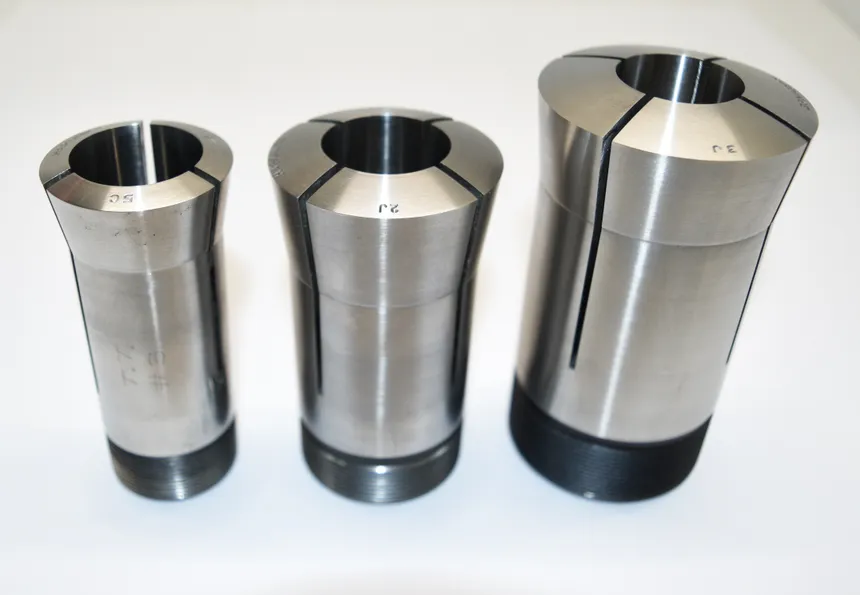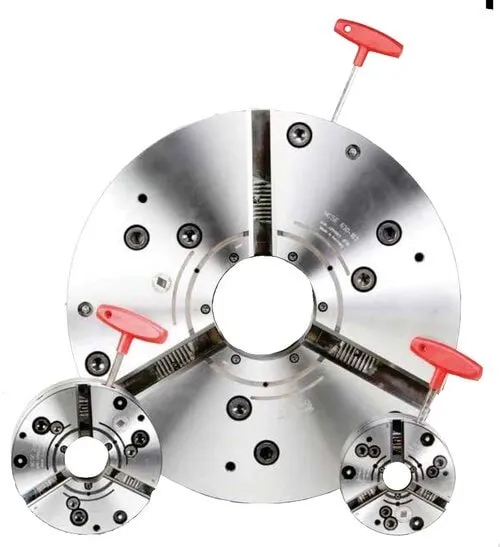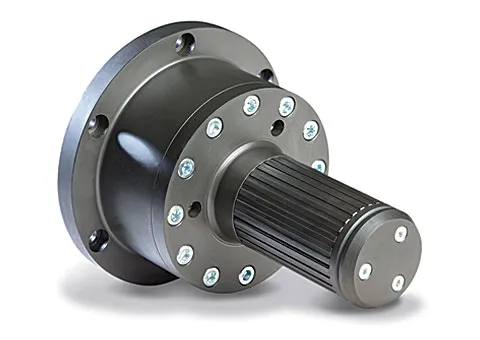CNC Bender Terminology - Chuck Versus Collet
The terms "chuck" and "collet" are often used interchangeably in the tube fabrication industry. They refer to the gripping device in the rotation spindle axis that holds the end of the tube in CNC bender.
According to many sources, collets are a specialized type of chuck, so it is usually acceptable to use the term "chuck" for the device that holds the tube in the bender.
Bender controls may refer to the tube holder as either. For example, the SMT CNC Bender ProControl uses the term "Chuck." (https://www.advancedtubulartech.com/cnc-bender-procontrol)
These are collets that grip cylinders from the outside.

From Wikipedia: A collet is a segmented sleeve, band, or collar. One of the two radial surfaces of a collet is usually tapered (i.e a truncated cone) and the other is cylindrical. The term collet commonly refers to a type of chuck that uses collets to hold either a workpiece or a tool (such as a drill) but has other mechanical applications.
Collet-type chucks are often used in CNC benders:

These are the kind of chucks often used in lathes.

From Wikipedia: Chucks commonly use jaws to hold the tool or workpiece. The jaws (sometimes called dogs) are typically arranged in a radially symmetrical pattern like the points of a star. Jawed chucks may require a wrench-like device called a chuck key to be tightened or loosened, but other jawed chucks may be tightened or loosened by hand force alone, offering convenience at the expense of gripping force. Chucks on some lathes have jaws that move independently, allowing them to hold irregularly shaped objects. More complex designs might include specially shaped jaws, greater numbers of jaws, or quick-release mechanisms.
Another style of chuck grips the ID of the tube. This is an example of a "core chuck" that can grip the ID of the part.

